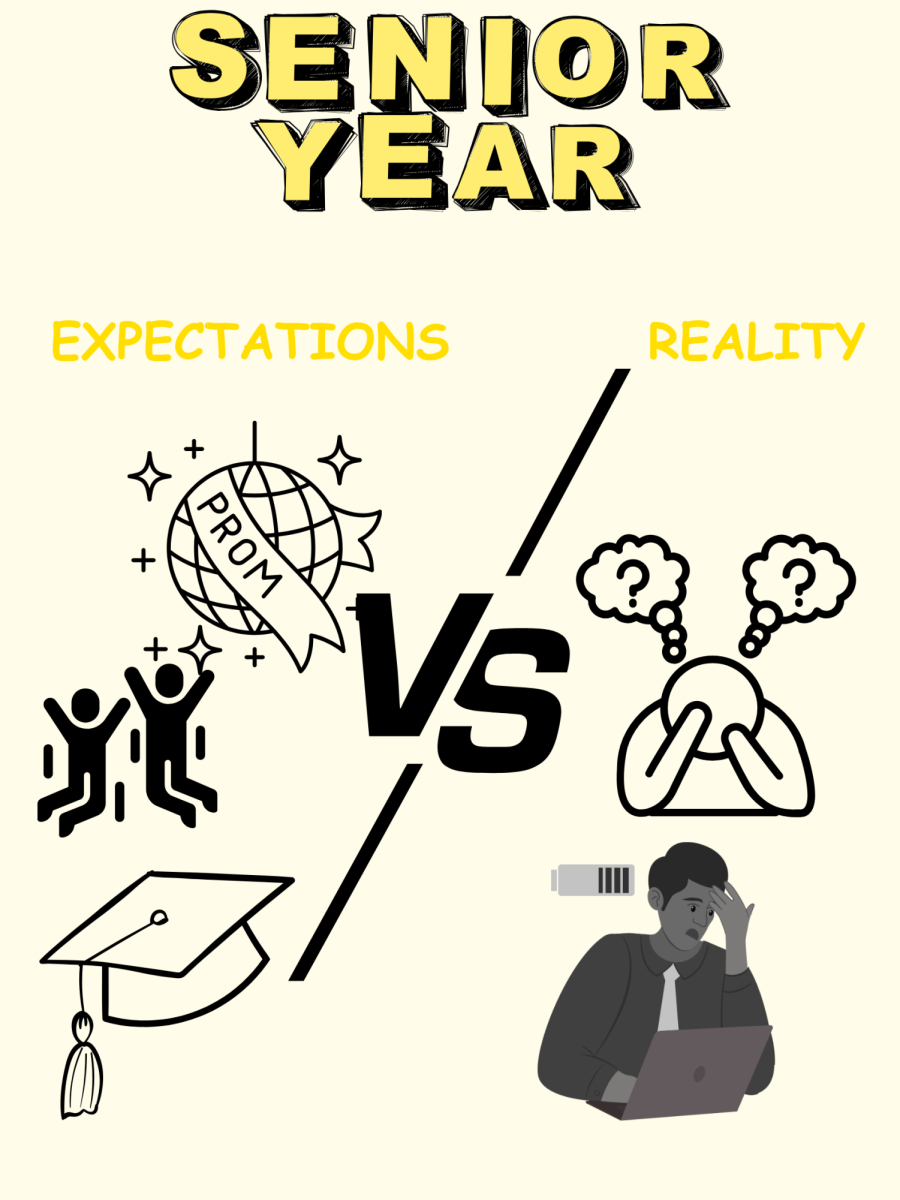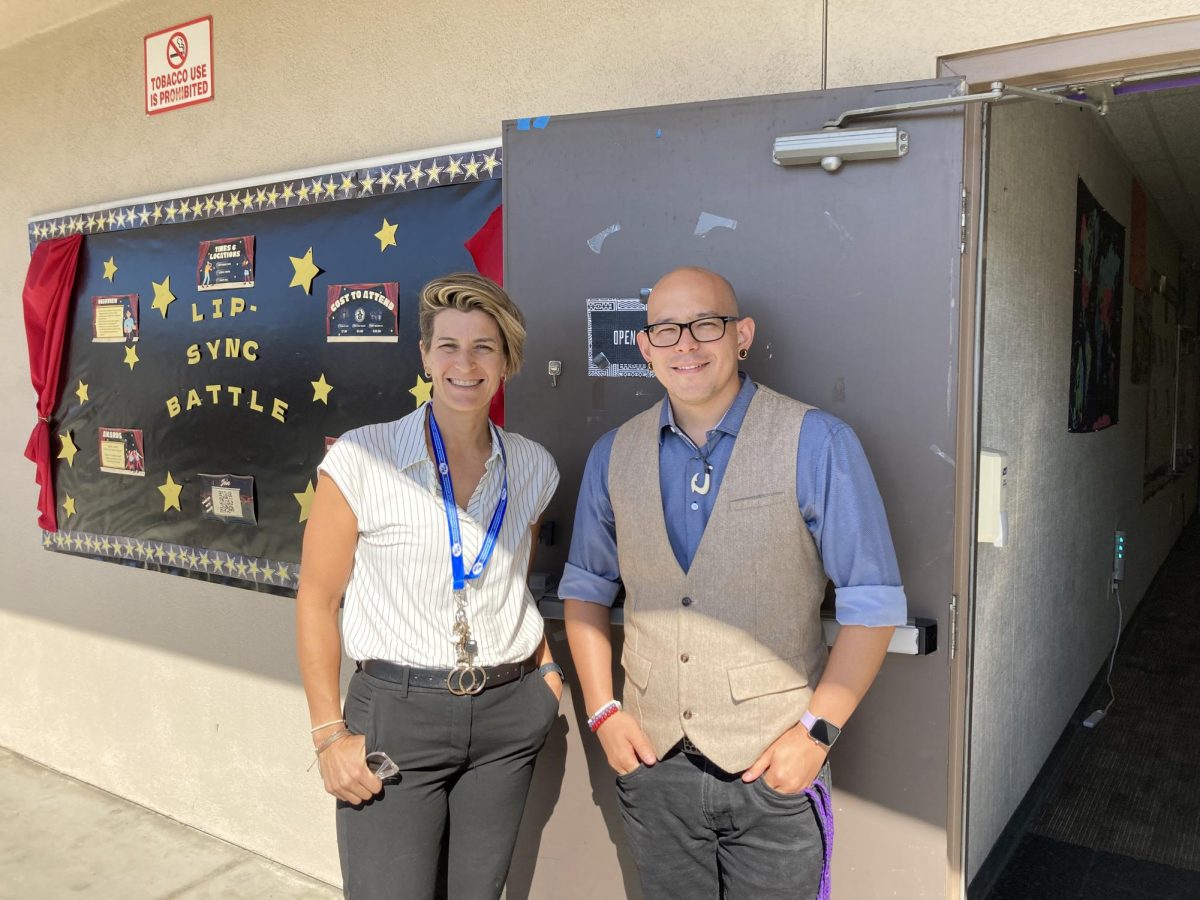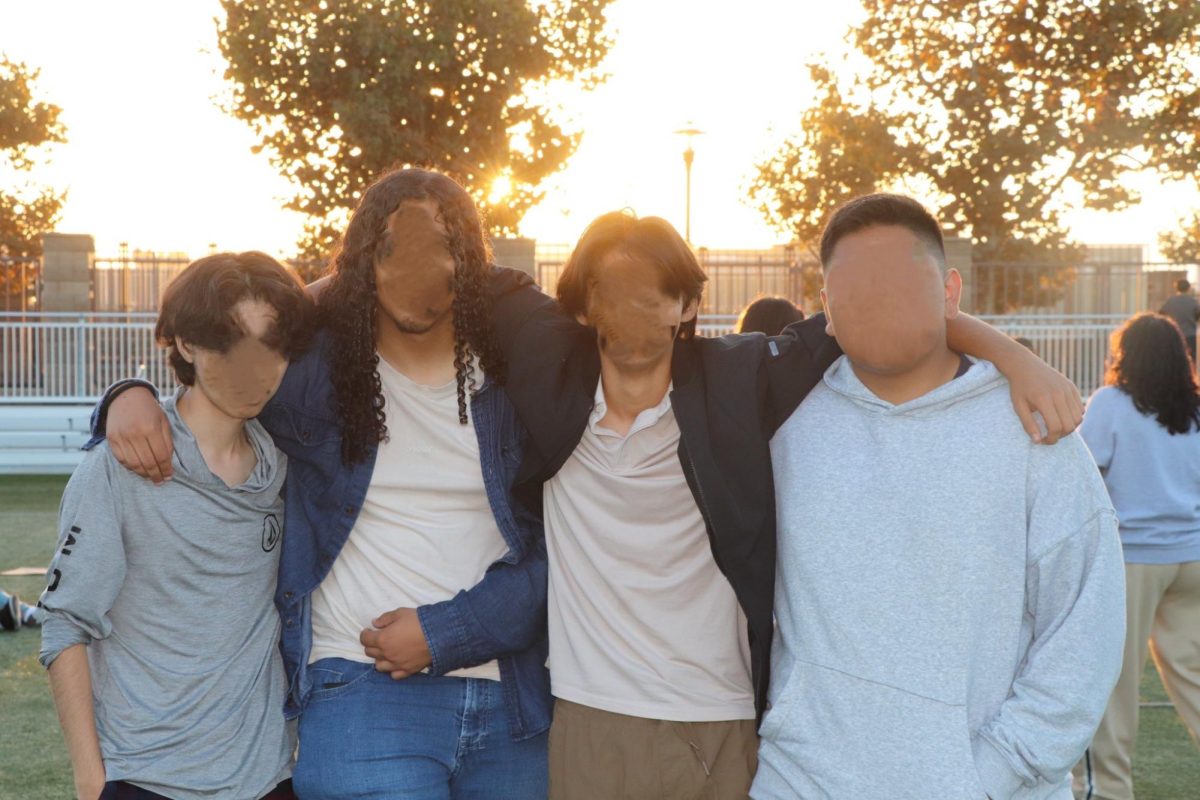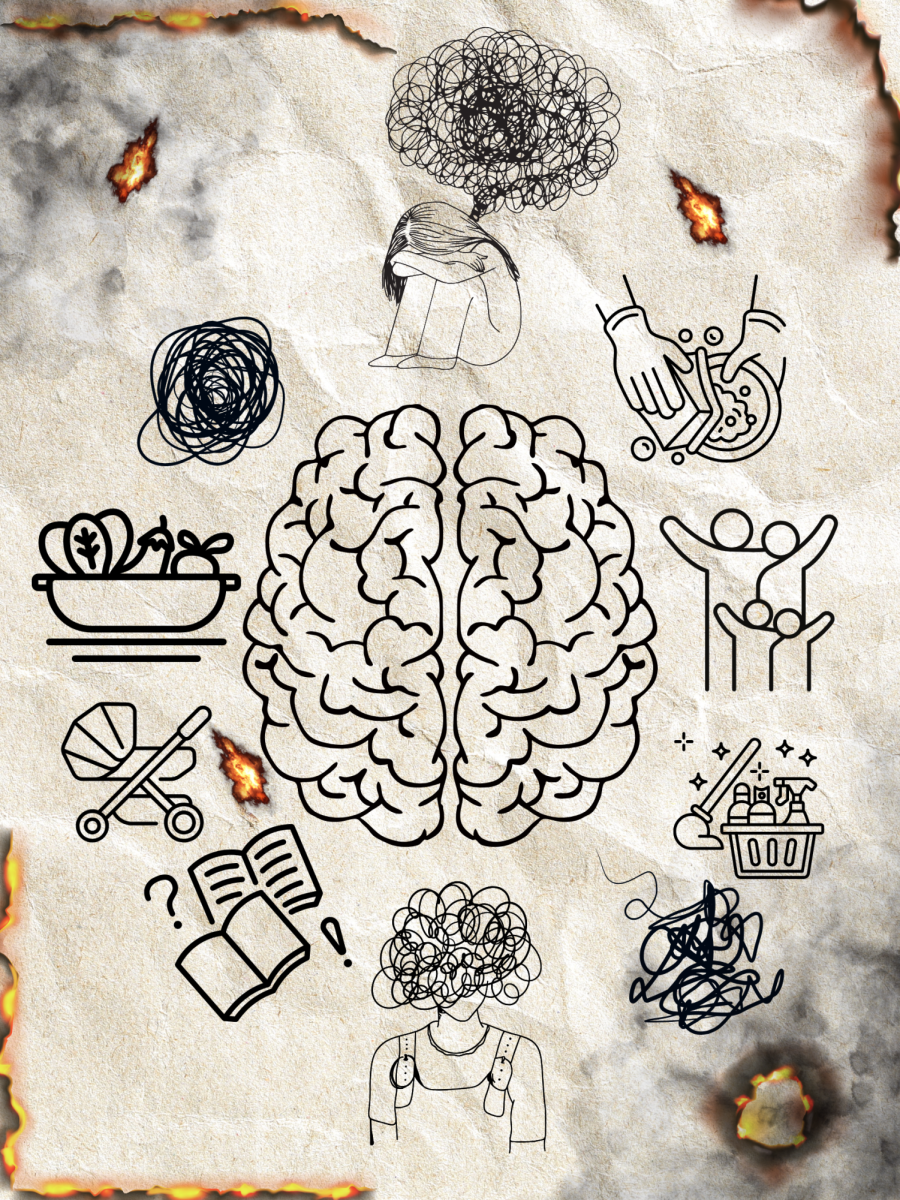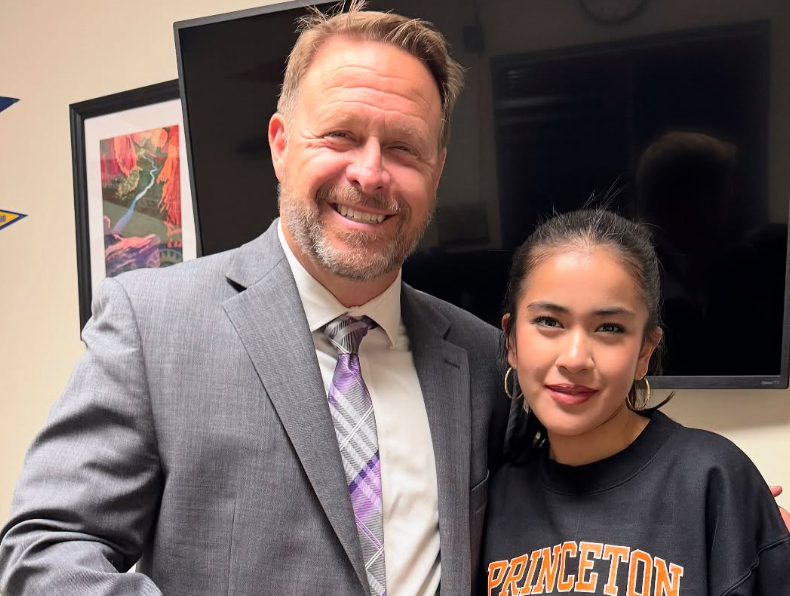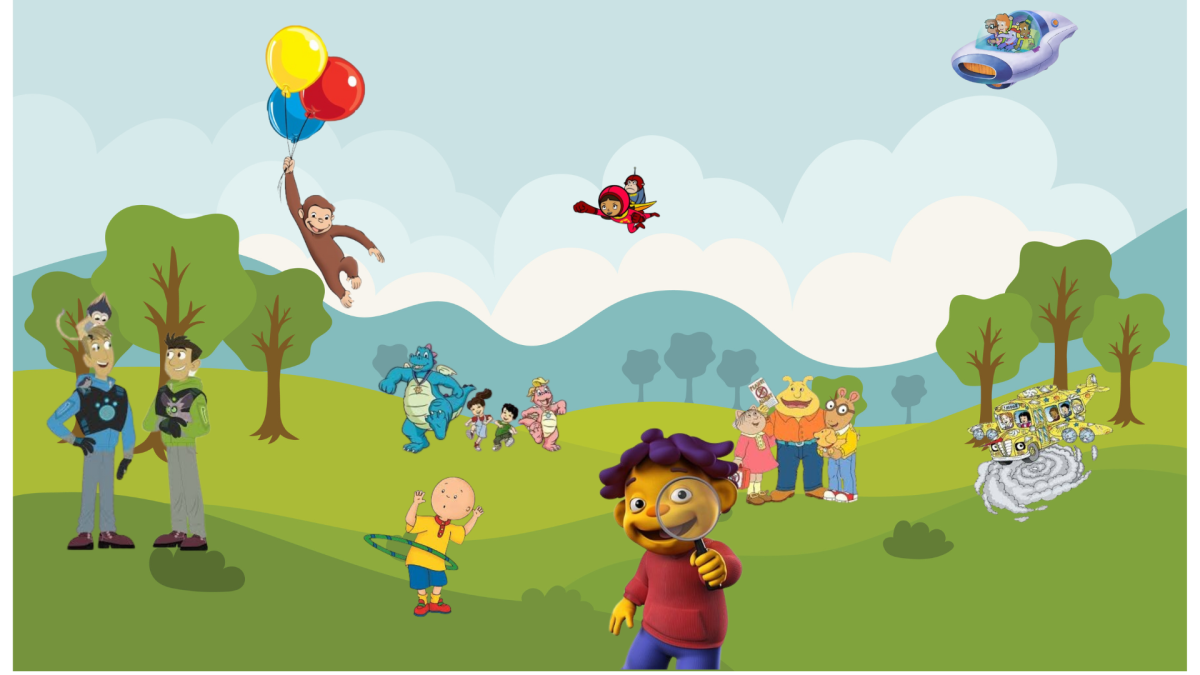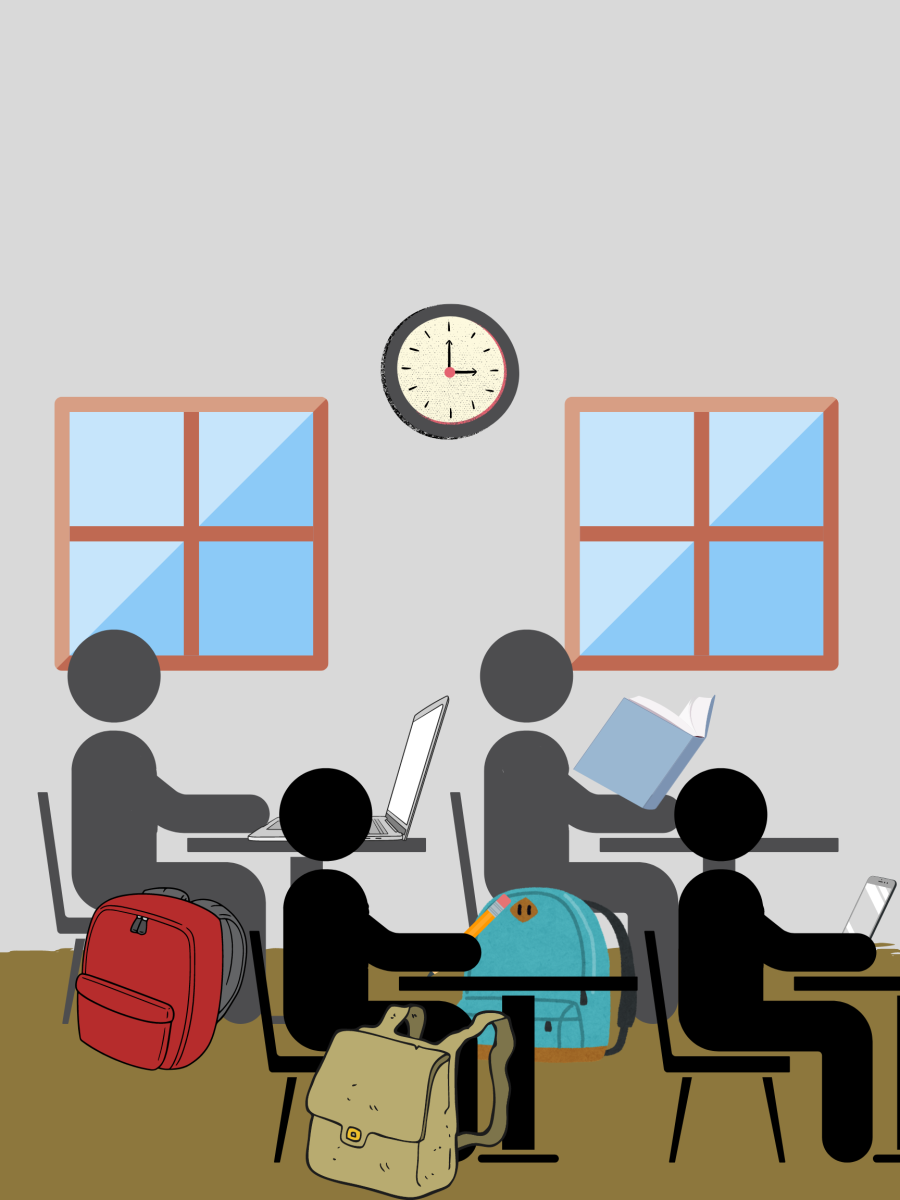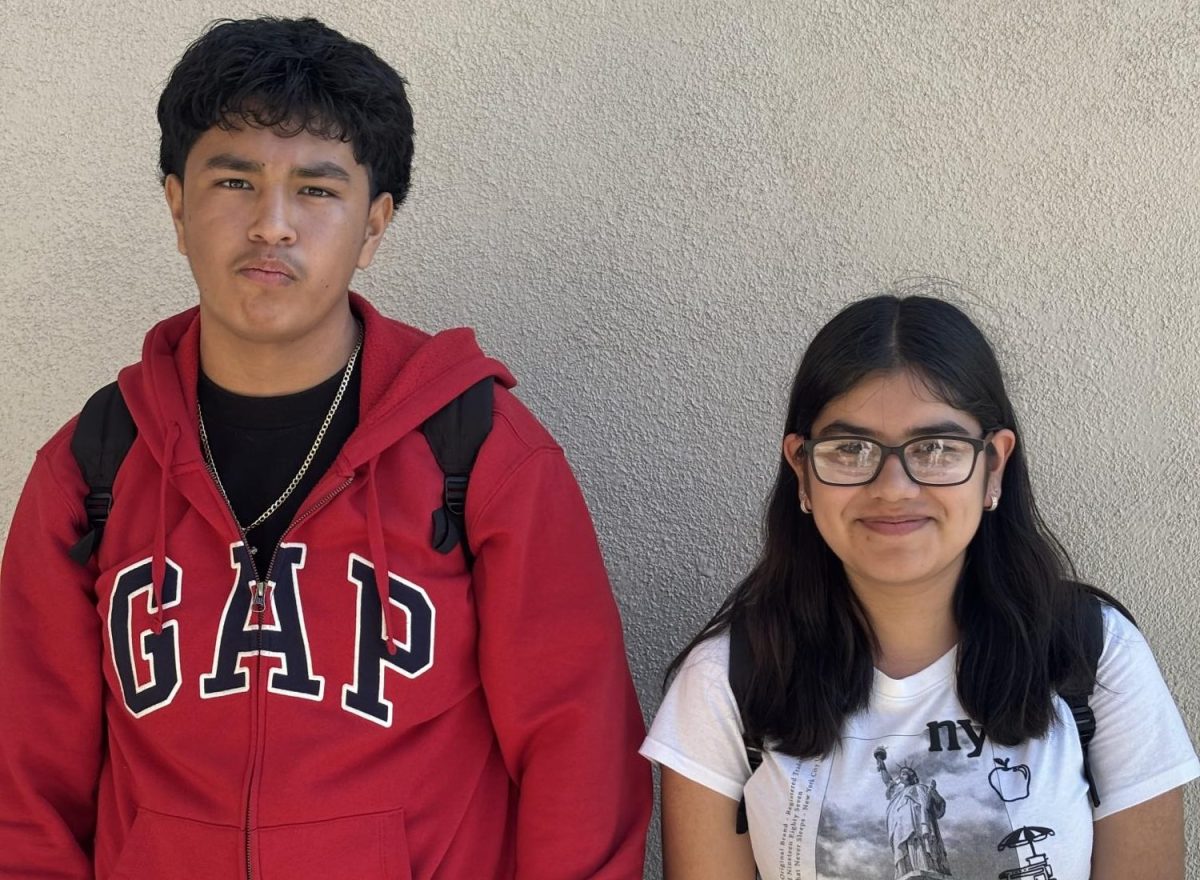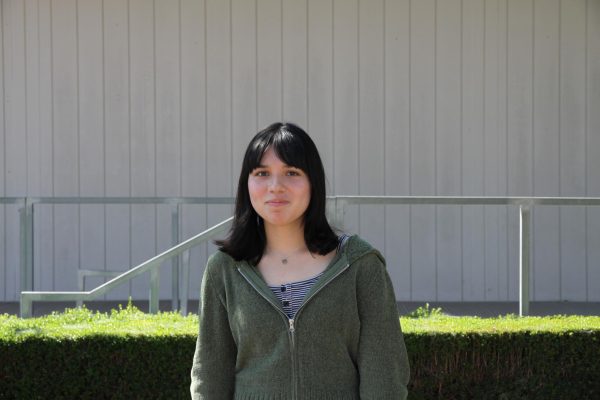Have you ever wondered what really makes us a small school? Is it the very few students? A tiny campus? A lower student-to-teacher ratio? Or maybe an environment where most know each other. You would probably assume all of the above, and you’d be correct! Truthfully, though, a small school is defined as one with 300-600 students, making this an accurate depiction of MCHS’s student population. Meanwhile, many have been wondering about this question amid rumors of an increase in student class sizes and enrollment, which begs the question: Will MCHS be able to preserve its long-time reputation of being a small school?
On the surface, Middle College High School, one of Santa Ana’s dual enrollment programs, is recognized for providing a hands-on college experience as students learn in a close-knit environment amongst a little over 400 students. The concept of a small school is not new to the education setting. Since the 1970s, high schools in America have only grown to accommodate a more populated student body, with some holding over hundreds to thousands of students. In more recent years, the average high school is said to have about 850 students with a student-to-teacher ratio of 15:1. This means that for every 15 students, there is one teacher to accompany them. As the average high school in the U.S. would be a medium-sized school by definition, and MCHS a small school, there are certain things that separate the average high school from ours.
Unlike the typical high school experience, MCHS focuses on the more scholarly aspects of education and ensuring that students feel prepared for college. While there is still a variety of extracurriculars, electives, and clubs the school offers for students to partake in, they are geared more toward academics and less towards things like sports or hobbies.
MCHS principal Damon Voight explains how an increase in future class sizes has potential for opening up new opportunities like extracurriculars and electives that students can take.
“We’re trying to add more electives, and we’ll see what’s available for extracurriculars outside of school. Because that always is dependent on teachers doing clubs after school and having the time to do those clubs. And I think there’ll be chances for clubs to continue down next year,” Voight said.
One of MCHS’s counselors, Janet Montes, also shared her prediction for how the school may plan to approach electives and extracurriculars in later years.
“I think that electives are something that we have to really take a look at. Will there be more electives in the sense of, like, we’re going to bring brand new ones? I’m not sure. But I think it’s just us really spending time and expanding what we already have so we can continue to do what we do in a different capacity. So maybe we’ll offer more sections of a class,” Montes said.
With this in mind, students will likely have access to new electives or sections within existing subject areas, which will act as an expansion to these classes. But how exactly will students fit into these classes you may ask?
Voight points out the current student-to-teacher ratio at MCHS and the difference between the ratio for core classes. Core classes include mathematics, English, social studies, and science. He expands on next year’s possible elective classes and highlights how many students will be placed in each classroom.
“Some of the electives could be a little higher than 25 students to one teacher, but all of the four core areas will have 25 students or less in each class,” Voight said.
In terms of how the number of students can impact school staples like extracurriculars, electives, and clubs, larger schools are linked to a decrease in student participation in school-hosted activities and events.
Senior and ASB member, Alejandra Leal, opened up about how she anticipates that a bigger student population will also uplift school spirit.
“Hopefully with the additional incoming freshmen, we can raise more spirit and activeness in our school,” Leal said.
Leal further comments on how more students this year have already impacted the space to hold events such as assemblies.
“Since we are going to have additional students, this can be difficult for future assemblies. This means we wouldn’t be able to fit in Phillips Hall anymore,” Leal said.
Students and staff have mixed reactions regarding the news that there will be an additional 30-40 students in the total population of the school.
Sophomore Alejandro Silva believes that more students may lessen teachers’ ability to interact with all their students equally and that the growth would lead to consequences.
“I don’t think our school can accommodate larger grade sizes because the school would have to keep getting more rooms, more teachers, and stuff like that. And the thing is, if you have a lot of students, you start to focus less on them individually because there’s so many you can’t really keep track,” Silva said.
Leal shares a similar perspective but also believes that teachers could be negatively affected by the expansion of MCHS.
“Teachers will increase their workload to accommodate these incoming students. Maybe even additional staff will be hired to keep up the additional workload,” Leal said.
MCHS’s AVID 9 teacher, Jeff Diaz, shares how he and other teachers, in general, may be impacted by the growing grade level populations and how his teaching style could reflect the increase in freshmen, as the only teacher responsible for instructing all ninth graders on campus.
“I believe I’m the only teacher on this campus that has every single freshman. If they increment that number and I stay doing that, I think that unless there were ways to accommodate my schedule and maybe remove other classes or balance out my classes equally, it would take a toll. It does take a toll on teachers when there are more students in a class because it becomes not only more of a workload with grading but also classroom management, and all the things that we mentioned previously heighten. More students is just something that does affect your teaching style,” Diaz said.
The most common concerns from students are regarding where new classrooms will be put if more teachers are hired and more students are added and how student-to-teacher interactions will differ if there are more students in each classroom.
Junior Emily Parra-Diaz believes a campus expansion would be necessary if MCHS continues growing.
“Right now, we only have the B-Building and the bungalows facing the B-Building for MCHS. I feel that in order for us to have more students and be able to accommodate them, there would need to be more classrooms,” Parra-Diaz said.
As for enlarging MCHS’s campus, Montes talks about how the school’s partnership with SAC is an important factor in whether or not MCHS can expand and build more classrooms.
“Expanding the classrooms does depend on the college because we are guests on their campus. I don’t think they can build anymore on our two floors,” Montes said.
Leal describes her experience being in a more crowded classroom atmosphere and her opinion towards it.
“Being in a larger class can be mixed, especially when teachers aren’t able to give all of us the attention needed in-class activities or the loud atmosphere. However, I think this allows for a more active environment to take place,” Leal said.
With learning in a packed classroom, Parra-Diaz expresses how she feels toward the learning environment.
“My experience being in a bigger class has not been bad, but it’s not my preferred taste,” Parra-Diaz said.
In light of some of the worries from the student body at MCHS, Voight reassures that the rise in students is a subtle process and should not noticeably affect current students.
“So it won’t make much of a difference to anyone. And that’s why we’ve been carefully doing this over the last couple of years. That’s why we didn’t go all up at once, because it would have been a shock to the system. So we’re going slowly. It’ll be barely noticeable in any of your classes. It won’t be like, oh, my God, there are 100 extra kids on campus. No, we’re going up slowly. About five years ago, we were at 360 students. Now, five years later, we’ll be at 450 to 440. So it really won’t be a big jump. Everybody just thinks because we’re adding more kids that there’s going to be so many more. It’s very gradual, and we’re keeping it this way because our core value is to try to keep low-class sizes. That’s why you come to Middle College. We’re still keeping class sizes low. It’s just we’re adding more people, and we’ve added more teachers over the years so that we can do that,” Voight said.

